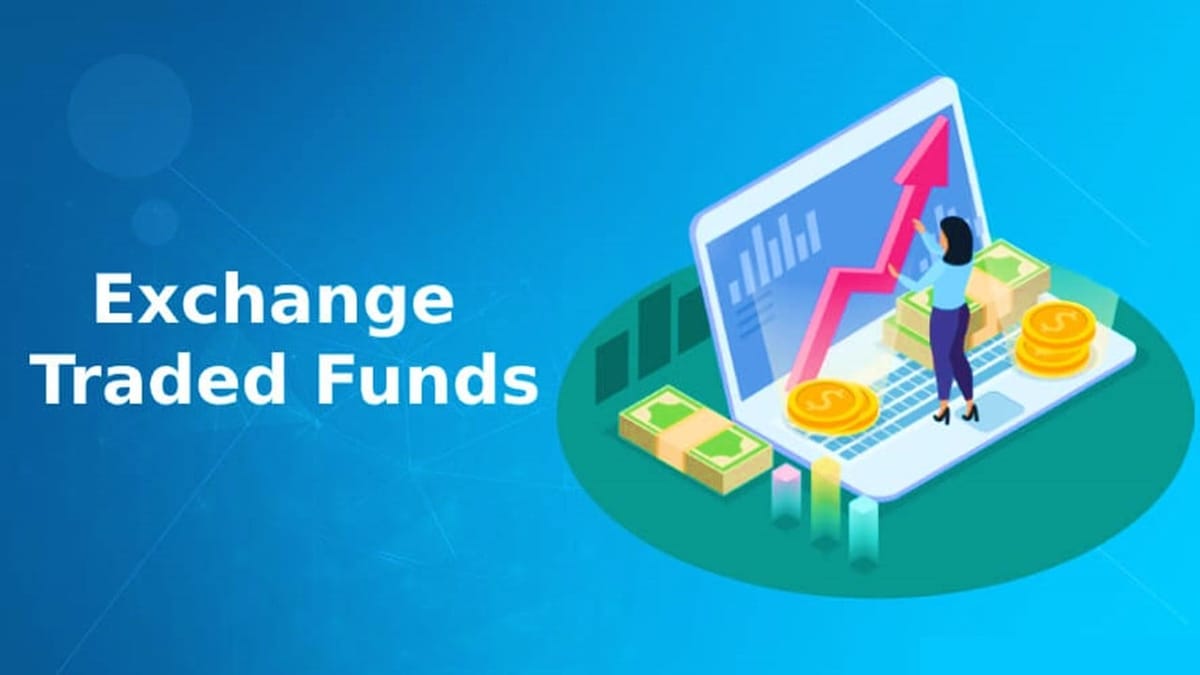Deepshikha | Jul 17, 2022 |

How to create your own ETF?
Exchange-traded funds (ETFs) have only been operational since the 1990s, but given their spectacular growth in popularity and the enormous variety they now offer, some investors have begun to ask if they could not simply design and run their own ETF.
After all, the simplicity of the ETF is one of its advantages. There isn’t a stockpicker operating levers in the shadows. Most funds mimic an index, trying to match the returns of the index as closely as possible by adhering to its weighting and composition.
It’s challenging, but not impossible, to introduce an ETF. It requires start-up capital as well as expertise in finance, marketing, and financial regulation. You may even employ a business to assist you in designing, launching, and managing an ETF.
An investor who wishes to launch an ETF must have very firm opinions on what an effective ETF should consist of. Additionally, they must be able to successfully articulate those viewpoints if they intend to market the ETF to other investors.
An investment in an assortment of stocks or other assets is called an exchange-traded fund. The majority follow a specific index, such as the S&P 500, although they can also be founded on a certain industry or commodity.
ETFs are not actively managed funds by definition. Nobody makes the daily decisions on which stocks to add to the fund and which to delete. To make sure that the fund’s constituents continue to match the selection and weightings in the index it monitors, they nevertheless need a manager’s considerable time and attention.
If you have cash in the six-figure range or more, and you’re determined to start your own ETF, here are some considerations for designing your own ETF:
Asset class: Will your ETF invest in securities such as stocks, bonds, or other assets? Although it is uncommon, you can diversify the fund across asset classes.
Market capitalization: In what types of businesses will the ETF invest? You have the choice to concentrate on large, medium, or small-cap companies, or you can diversify by market capitalization size. The biggest start-up money is typically needed when concentrating on large-cap equities.
Market sector: Will your ETF invests in various areas or just one particular industry? Think about concentrating your capital on a market niche in which you are particularly knowledgeable and interested.
Fees: What expense ratio, often known as an annual fee, will you impose? ETFs are well renowned for having extremely low expense ratios when compared to mutual funds and other assets, which is understandable given that the majority of investors pay close attention to the fees they pay for their investments.
A sponsor also referred to as an ETF manager creates, develops, and introduces the fund. The daily management of the fund may be done by the same person, or they may collaborate with another individual or business.
The Securities and Exchange Commission (SEC) must approve the ETF manager’s comprehensive plan for the fund. Although the 1940-era regulatory standards have been revised to take ETFs into account, it is still a laborious process.
The actual creation of the ETF is when the real money is due. All of the assets mentioned in the ETF must be purchased and deposited by the ETF manager. Following that, the manager will be given an equivalent number of ETF shares to the amount of the shares deposited. These are called “creation units.”
Knowledge of fund management, marketing, and regulatory compliance, among other skills, is necessary to create a successful ETF.
There are online services that claim to support you in creating, launching, and managing an ETF. ETF Managers Group, Exchange Traded Concepts, and Alpha Architects are a few of them.
Few people possess the knowledge and resources necessary to design, promote, and operate an ETF. But with the resources currently available to individual investors, practically anyone can set up a personal portfolio that resembles an ETF. Who knows, too? Your mock exchange-traded fund might develop into a real exchange-traded fund if your investment strategies hold up over time.
To preserve the weighting of the stocks in the index, you can create a portfolio of equities that closely resembles an index and then buy and sell those stocks. It takes time and work, but if you utilise a commission-free trading platform like Robinhood or TD Ameritrade, it may be inexpensive.
In case of any Doubt regarding Membership you can mail us at contact@studycafe.in
Join Studycafe's WhatsApp Group or Telegram Channel for Latest Updates on Government Job, Sarkari Naukri, Private Jobs, Income Tax, GST, Companies Act, Judgements and CA, CS, ICWA, and MUCH MORE!"